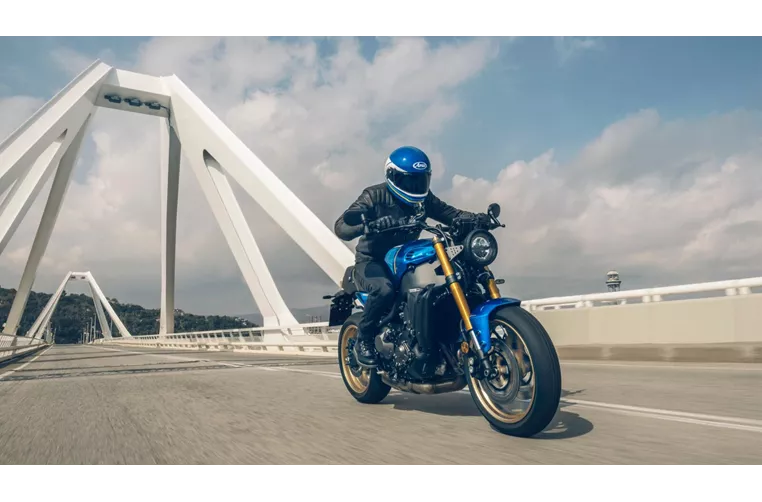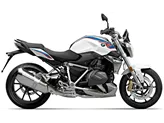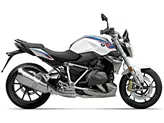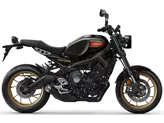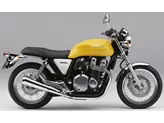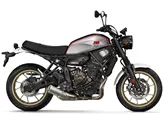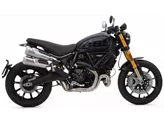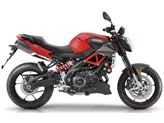BMW R 1200 R 2015 vs. Yamaha XSR900 2022

BMW R 1200 R 2015
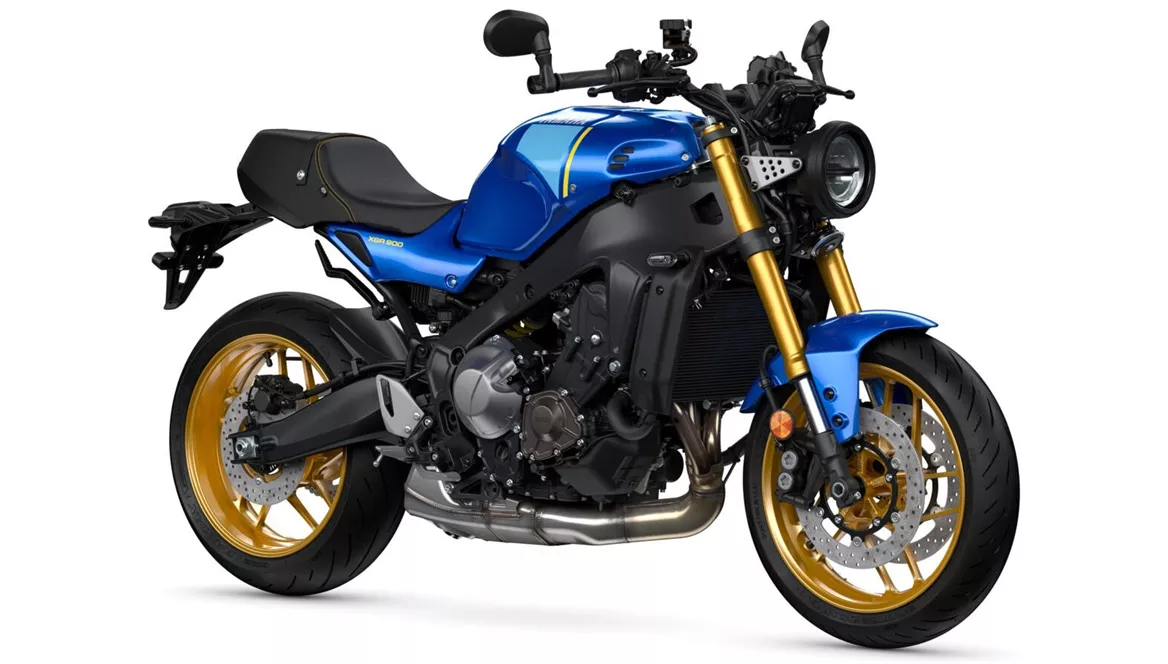
Yamaha XSR900 2022
Overview - BMW R 1200 R 2015 vs Yamaha XSR900 2022
The BMW R 1200 R 2015 and the Yamaha XSR900 2022 are both naked bikes that offer sporty performance and a comfortable riding experience. However, there are several key differences between the two models.
In terms of engine specifications, the BMW R 1200 R 2015 is equipped with a Boxer engine that delivers 125 horsepower and 125 Nm of torque. On the other hand, the Yamaha XSR900 2022 features an inline engine with slightly lower power output at 119 horsepower and 93 Nm of torque. Both bikes have a similar displacement, with the BMW having a 1170ccm engine and the Yamaha having an 889ccm engine.
When it comes to suspension, the BMW R 1200 R 2015 is equipped with a telescopic fork at the front and a Paralever suspension at the rear. In comparison, the Yamaha XSR900 2022 features an upside-down telescopic fork at the front and a swing arm suspension at the rear. The choice of suspension setup may result in slightly different handling characteristics between the two bikes.

BMW R 1200 R 2015
In terms of chassis, the BMW R 1200 R 2015 has a steel frame that is load-bearing, while the Yamaha XSR900 2022 features an aluminum frame with a twin tube design. The choice of materials and frame design may impact the overall weight and handling of the bikes.
Both bikes come with double disk brakes at the front, providing strong stopping power. They also have similar tire sizes, with a front tire width of 120mm and a rear tire width of 180mm, both with a 17-inch diameter. This ensures good grip and stability during cornering.
In terms of dimensions and weights, the BMW R 1200 R 2015 has a slightly longer wheelbase at 1515mm compared to the Yamaha XSR900 2022's 1495mm. The seat height of the Yamaha is also slightly higher at 810mm compared to the BMW's 790mm. Additionally, the BMW has a higher kerb weight with ABS at 231kg, while the Yamaha weighs 193kg with ABS. The fuel tank capacity of the BMW is 18 liters, while the Yamaha has a slightly smaller capacity at 15 liters.
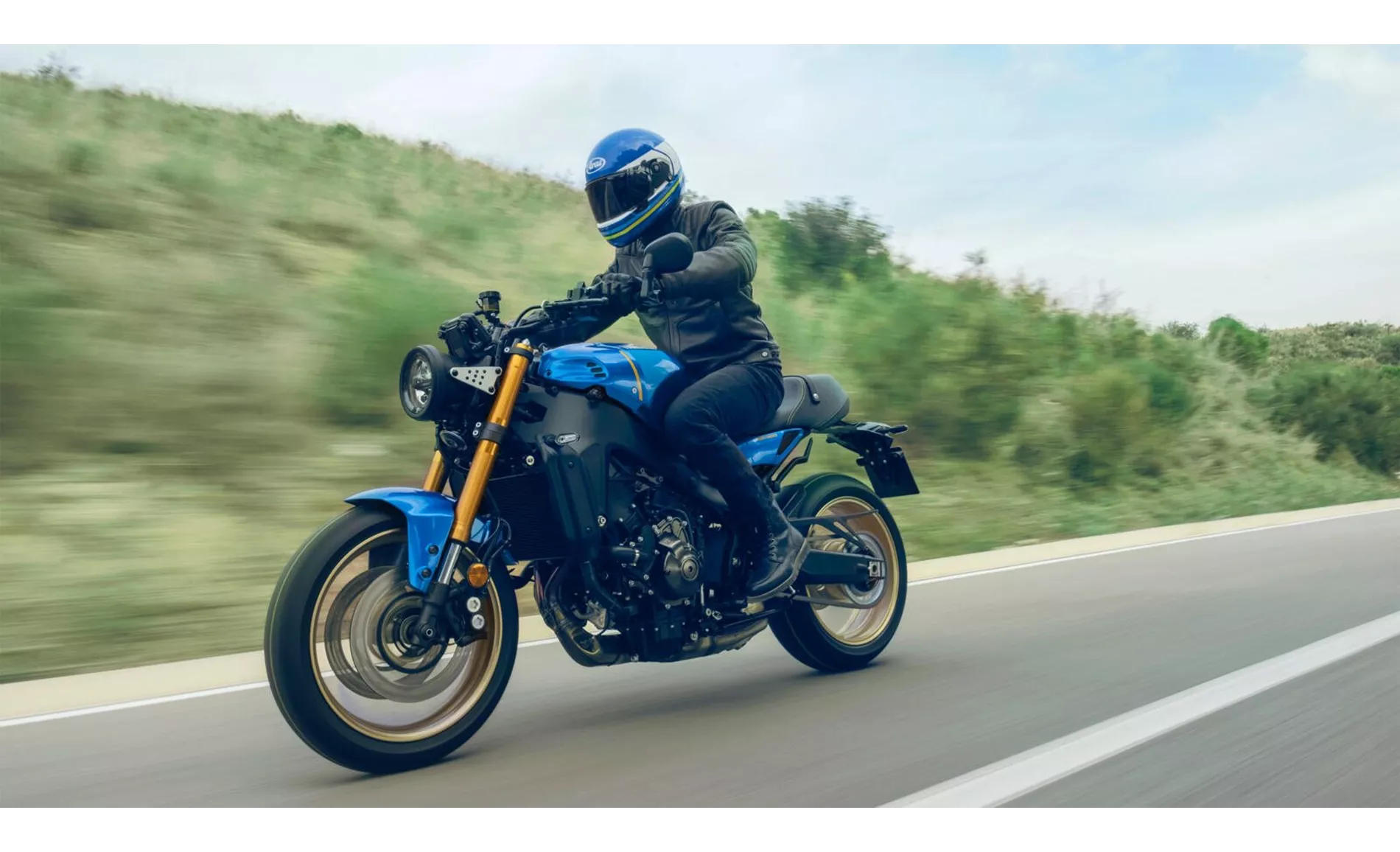
Yamaha XSR900 2022
Moving on to the strengths of each bike, the BMW R 1200 R 2015 offers a sporty look, a powerful engine, and a comfortable seating position. It also comes with ABS and traction control as standard, as well as two riding modes. On the other hand, the Yamaha XSR900 2022 boasts a powerful engine, a quickshifter as standard, good brakes, and an electronics package. It also offers sporty but everyday ergonomics and is considered a good value for money option. Additionally, the Yamaha has a wide range of accessories available ex works.
However, there are also some weaknesses to consider. The BMW R 1200 R 2015 has many cool features that are only available at an extra cost, and the rev counter may be poorly readable for some riders. On the other hand, the Yamaha XSR900 2022 has a hard seat, which may not be as comfortable for longer rides, and a low steering angle, which may limit maneuverability in certain situations.
In conclusion, both the BMW R 1200 R 2015 and the Yamaha XSR900 2022 offer their own unique strengths and weaknesses. The BMW provides a sporty and powerful riding experience with additional features available at an extra cost, while the Yamaha offers a powerful engine, good brakes, and a range of accessories at a competitive price point. Ultimately, the choice between the two will depend on the rider's preferences and priorities.
Technical Specifications BMW R 1200 R 2015 compared to Yamaha XSR900 2022
Pros and Cons in comparison
Pros and Cons in comparison
BMW R 1200 R 2015
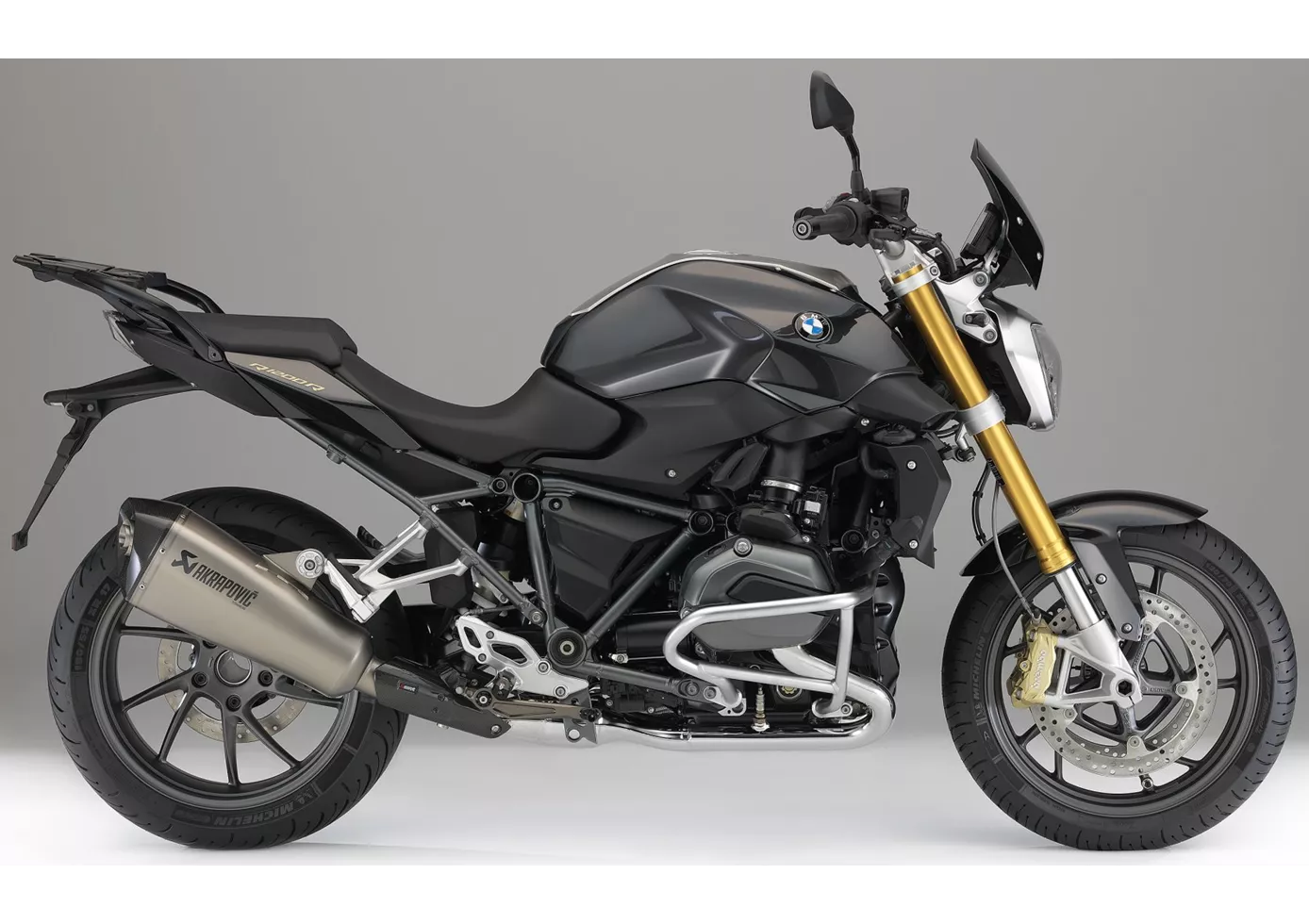
The predecessor was already able to be ridden in a sporty manner as well as convincing on tours, the new R 1200 R can do even more - thanks to the pannier system (of course at extra cost), travelling is still no problem, but it masters sport even better. Thanks to the now partially water-cooled boxer twin-cylinder engine, it is wonderfully agile - 125 hp may not seem like much on paper, but the engine pushes incredibly and behaves in a cultivated manner to boot. The chassis and brakes also score highly and the seating position is sporty and upright, covering a wide spectrum from wonderful fun to long-distance touring. Unfortunately, BMW also understands the trick with the surcharge list perfectly. The basic model is well equipped with ABS that can be deactivated, traction control that can also be deactivated and two driving modes, but many interesting gimmicks are almost obligatory - and of course drive the price way up.
Yamaha XSR900 2022
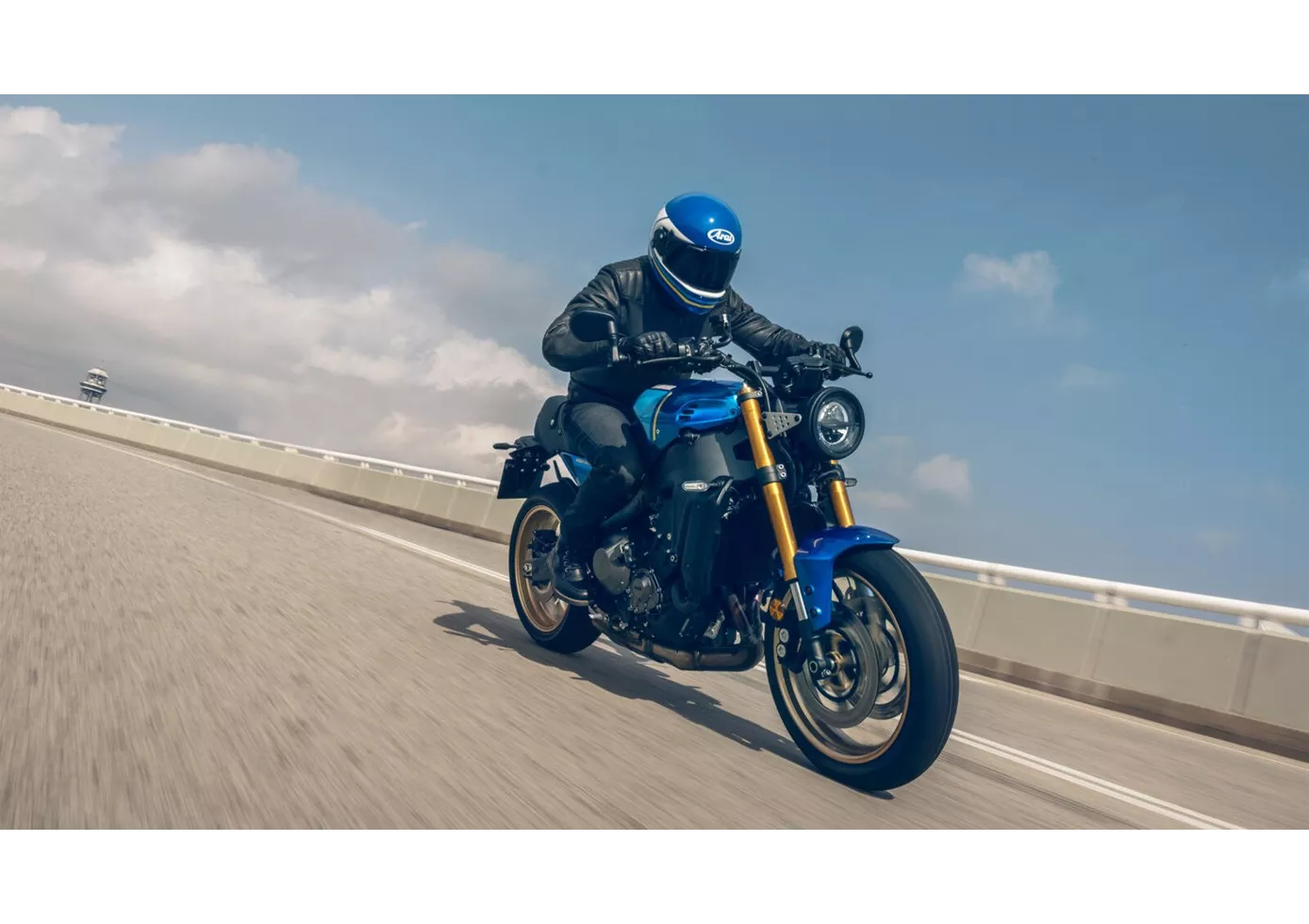
The XSR900 in no way wants to hide the fact that it uses the MT-09 as its basis. With a full electronics package, powerful three-cylinder and sporty chassis components, you can be incredibly sporty on this retro bike. Hopefully you'll just find a more comfortable seat in the accessories soon - because it's going to take a lot of stops on the standard seat.
Price Comparison Avarage Market Price BMW R 1200 R vs Yamaha XSR900
There are a few key differences between a BMW R 1200 R 2015 and a Yamaha XSR900 2022. In terms of price, the actual average prices of both motorbikes are almost the same. A BMW R 1200 R 2015 experiences a loss of 980 USD in one year of ownership. This is offset by a loss of 290 USD for a Yamaha XSR900 2022. Compared to Yamaha XSR900 2022 there are less BMW R 1200 R 2015 bikes available on the 1000PS.de Marketplace, specifically 23 compared to 59. It takes less time to sell a BMW R 1200 R with 69 days compared to 97 days for a Yamaha XSR900. Since model year 2007 1000PS.de editors have written 27 reviews for the BMW R 1200 R and 30 reviews for the Yamaha XSR900 since model year 2016. The first review for the BMW R 1200 R was published on 7/7/2006 and now has more than 14,900 views. This compares to more than 17,600 views for the first review on Yamaha XSR900 published on 11/25/2015.

